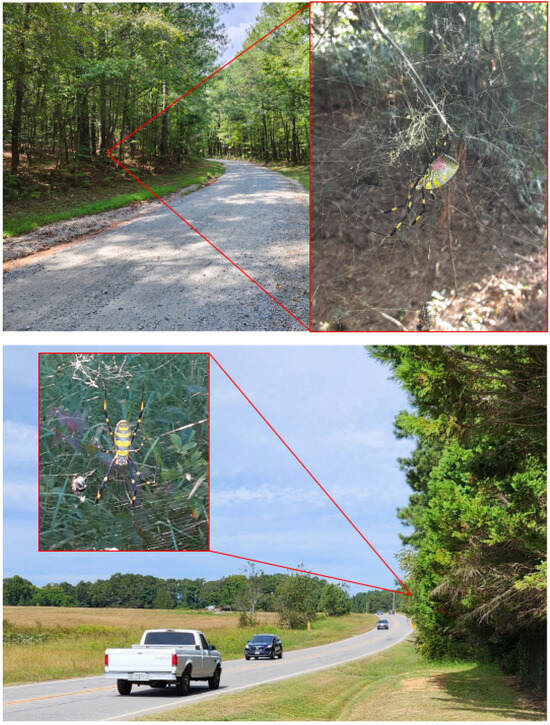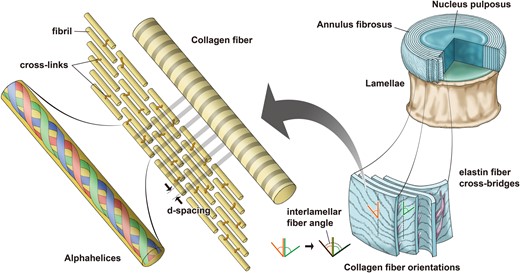2024-02-13 ブラウン大学
◆エージェントオレンジの除草成分は実験ラットの前頭葉脳組織に損傷を与え、アルツハイマー病の初期段階と似た分子および生化学的異常を引き起こすことが示されました。この研究は、エージェントオレンジへの暴露が将来の神経変性疾患につながる可能性があることを示唆し、特にベトナム戦争中に暴露された退役軍人にとって重要であるとされています。
<関連情報>
- https://www.brown.edu/news/2024-02-13/agent-orange
- https://content.iospress.com/articles/journal-of-alzheimers-disease/jad230881
エージェントオレンジの除草毒-アルツハイマー型神経変性の誘発 Agent Orange Herbicidal Toxin-Initiation of Alzheimer-Type Neurodegeneration
Monte, Suzanne M.;| Tong, Ming
Journal of Alzheimer’s Disease Published: 13 February 2024
DOI: 10.3233/JAD-230881
Abstract
Background:Agent Orange (AO) is a Vietnam War-era herbicide that contains a 1 : 1 ratio of 2,4-dichlorophenoxyacetic acid (2,4-D) and 2,4,5-trichlorophenoxyacetic acid (2,4,5-T). Emerging evidence suggests that AO exposures cause toxic and degenerative pathologies that may increase the risk for Alzheimer’s disease (AD). Objective:This study investigates the effects of the two main AO constituents on key molecular and biochemical indices of AD-type neurodegeneration. Methods:Long Evans rat frontal lobe slice cultures treated with 250μg/ml of 2,4-D, 2,4,5-T, or both (D + T) were evaluated for cytotoxicity, oxidative injury, mitochondrial function, and AD biomarker expression. Results:Treatment with the AO constituents caused histopathological changes corresponding to neuronal, white matter, and endothelial cell degeneration, and molecular/biochemical abnormalities indicative of cytotoxic injury, lipid peroxidation, DNA damage, and increased immunoreactivity to activated Caspase 3, glial fibrillary acidic protein, ubiquitin, tau, paired-helical filament phosphorylated tau, AβPP, Aβ, and choline acetyltransferase. Nearly all indices of cellular injury and degeneration were more pronounced in the D + T compared with 2,4-D or 2,4,5-T treated cultures. Conclusions:Exposures to AO herbicidal chemicals damage frontal lobe brain tissue with molecular and biochemical abnormalities that mimic pathologies associated with early-stage AD-type neurodegeneration. Additional research is needed to evaluate the long-term effects of AO exposures in relation to aging and progressive neurodegeneration in Vietnam War Veterans.



